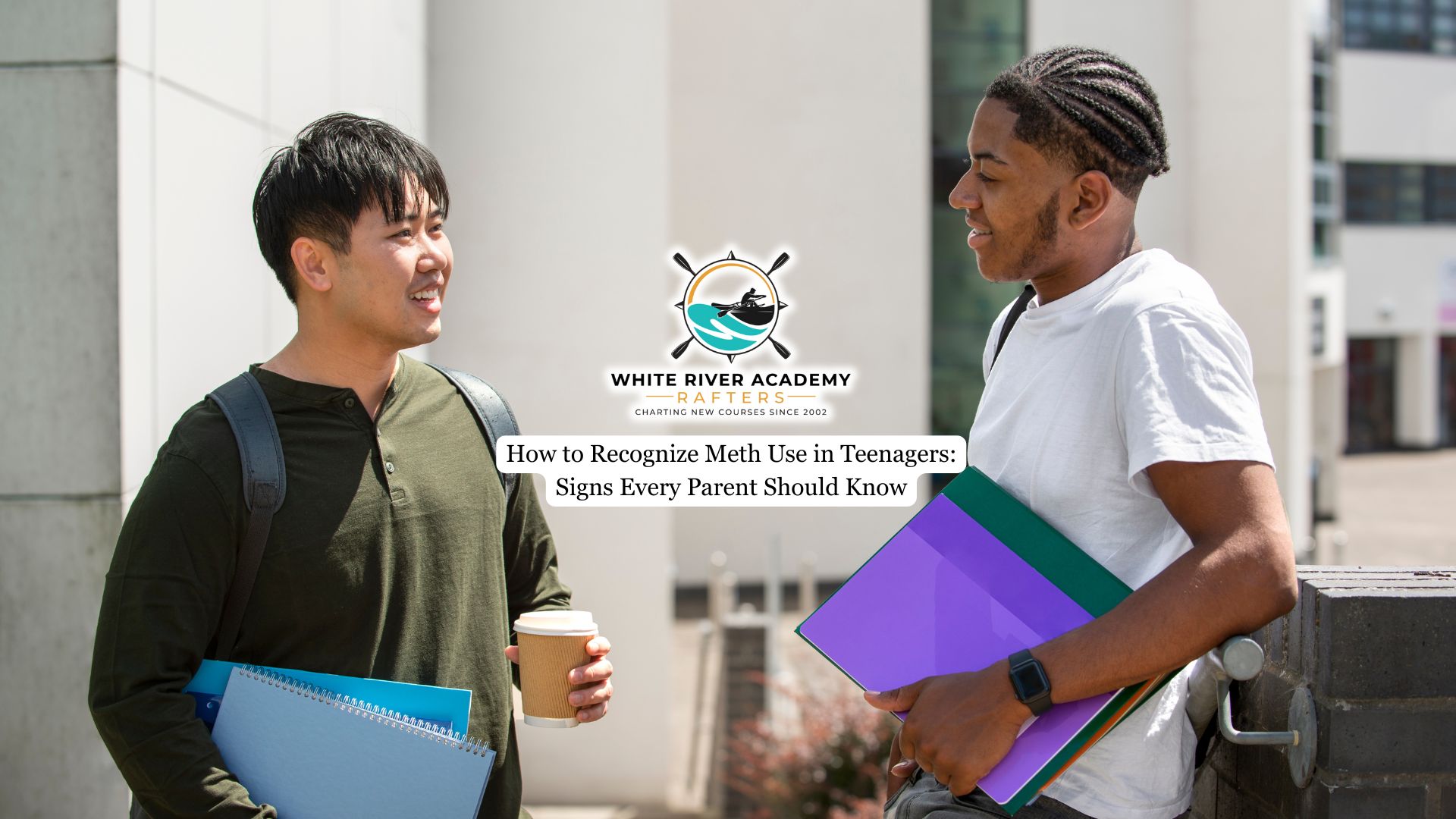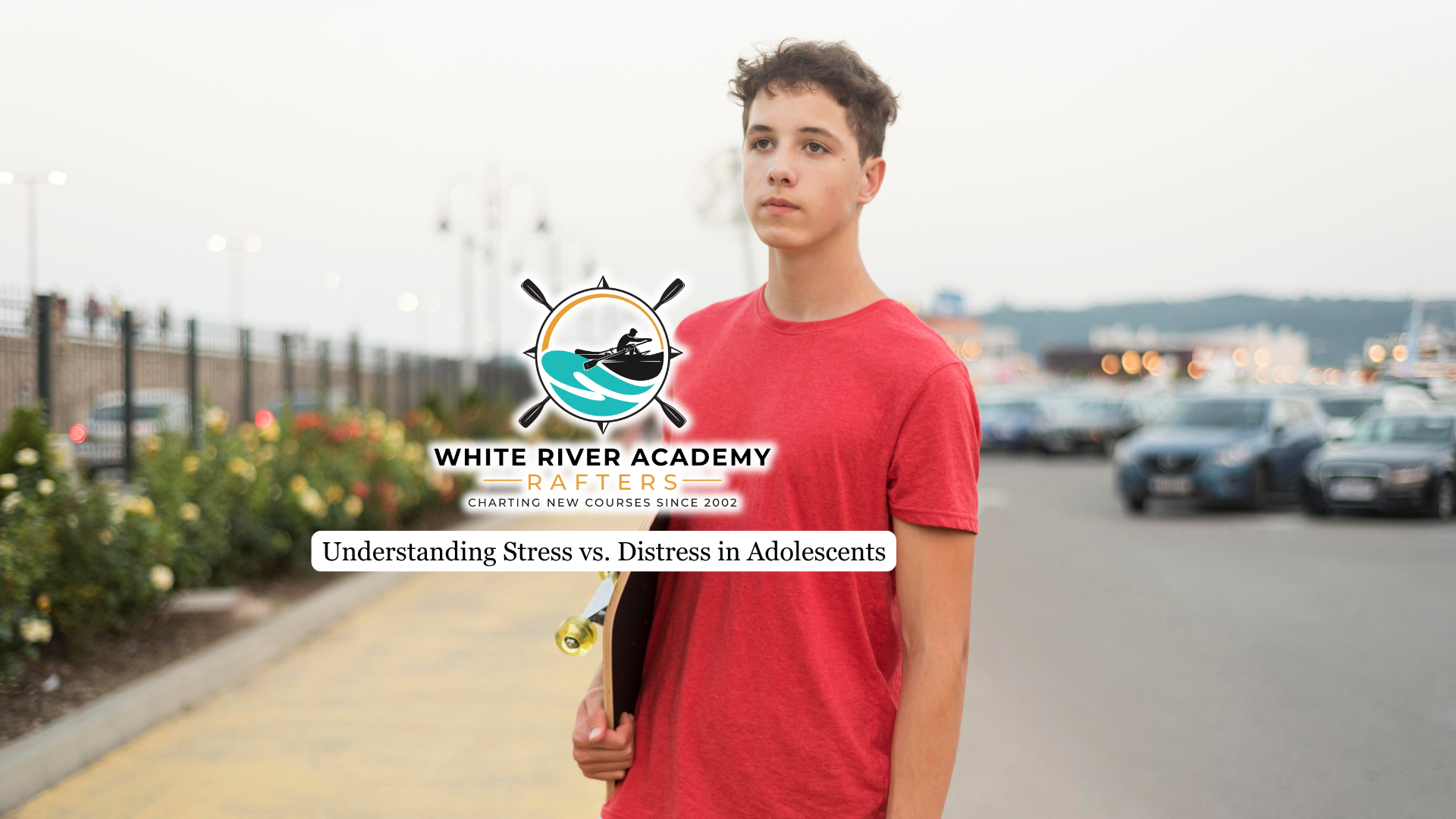Understanding what defines an at-risk youth is essential for anyone working with young people in education, mental health, or community settings. Youth today face many challenges that can impact their development, behavior, and future opportunities. When these challenges go unaddressed, they can lead to serious academic, emotional, and social consequences.
In this article, we will define what it means to be an at-risk youth, explore the common risk factors and warning signs, and explain why early support is critical.
What Does At-Risk Youth Mean?
An at-risk youth is a young person whose current circumstances place them at a higher likelihood of negative outcomes such as dropping out of school, substance abuse, or involvement in crime. For adolescent boys, these risks often stem from environmental stressors, disrupted family structures, or unaddressed emotional needs.
The term doesn’t label a boy as a problem, instead, it identifies him as someone needing additional support to reach his full potential. At-risk does not imply inevitable failure but highlights a critical window where timely support can alter a harmful path.
If your adolescent boy is struggling emotionally or behaviorally, explore our program for troubled boys. With the help of evidence-based therapies, teen boys can learn how to regulate emotions and develop lasting coping skills in a supportive setting.
What Makes a Youth At Risk?
Poverty is a primary driver, often resulting in limited access to quality education, healthcare, and safe recreational environments. Youths raised in single-parent homes, particularly without a consistent male role model, may struggle with identity and authority. Exposure to domestic violence or substance abuse within the household also plays a significant role.
For some adolescent boys, living in neighborhoods where gang activity or crime is prevalent can lead to normalized violence and pressure to conform to harmful behaviors.
The accumulation of these risks increases the likelihood that a teenage boy will fall behind academically or become disconnected from positive social systems.

Signs a Teen May Be at Risk
Certain behaviors serve as warning signs that teenagers may be struggling. Frequent absences from school, declining grades, or sudden disinterest in academic performance are strong indicators. Disruptive behavior in the classroom, abusive or aggressive toward peers, or repeated disciplinary action often signal underlying issues. Social withdrawal, defiance toward authority, and spending time with peers involved in risky behavior are also common. These signs may not always be loud or dramatic. Sometimes, quiet disengagement is just as significant as outward rebellion.
How Mental Health Affects At-Risk Boys
Mental health plays a critical role in the life of at-risk youths. Depression, anxiety, and trauma are often present but go unrecognized due to societal expectations that discourage them from expressing vulnerability. Many struggle silently, leading to emotional suppression that surfaces through anger, isolation, or impulsive decisions.
Adolescent boys who lack emotional regulation skills are more prone to self-destructive behaviors, including substance use or reckless conduct. Compounding the issue is a lack of access to mental health services tailored to young males, often leaving their psychological needs unmet. This emotional instability can greatly intensify other risk factors.
At-Risk vs. Delinquent Youth
It’s essential to draw a clear line between at-risk and delinquent. At-risk youth are not inherently engaged in criminal or harmful behavior. Instead, they are in circumstances that, if unaddressed, may lead them down a harmful path. Delinquency is a possible outcome, not a starting point. Labeling a boy as delinquent too early can do more harm than good, reinforcing negative behavior through lowered expectations.
Understanding the difference allows schools and communities to focus on prevention rather than punishment, creating opportunities for redirection instead of retribution.
Why Early Help Matters
Intervening early in the life of an at-risk youth, especially for teenage boys, can dramatically alter their future. Early identification allows for targeted academic support, counseling, and community-based programs that promote positive development. The earlier these supports are introduced, the more likely they are to re-engage with school, build healthy relationships, and develop coping strategies.
Waiting until problems escalate often leads to more intensive and less effective interventions. Families, educators, and mentors play a crucial role in recognizing early warning signs and offering consistent, structured guidance during these formative years.
Final Thoughts from White River Academy
At White River Academy, we specialize in helping at-risk youth overcome emotional and behavioral challenges through evidence-based care like cognitive behavioral therapy. Our low student-to-staff ratio ensures each teen receives focused support. We guide adolescent boys toward personal growth and lasting change by combining individual therapy, peer accountability, and skill-building. For young men struggling with risk factors, our program offers a clear path to emotional stability, self-worth, and a more positive future.




